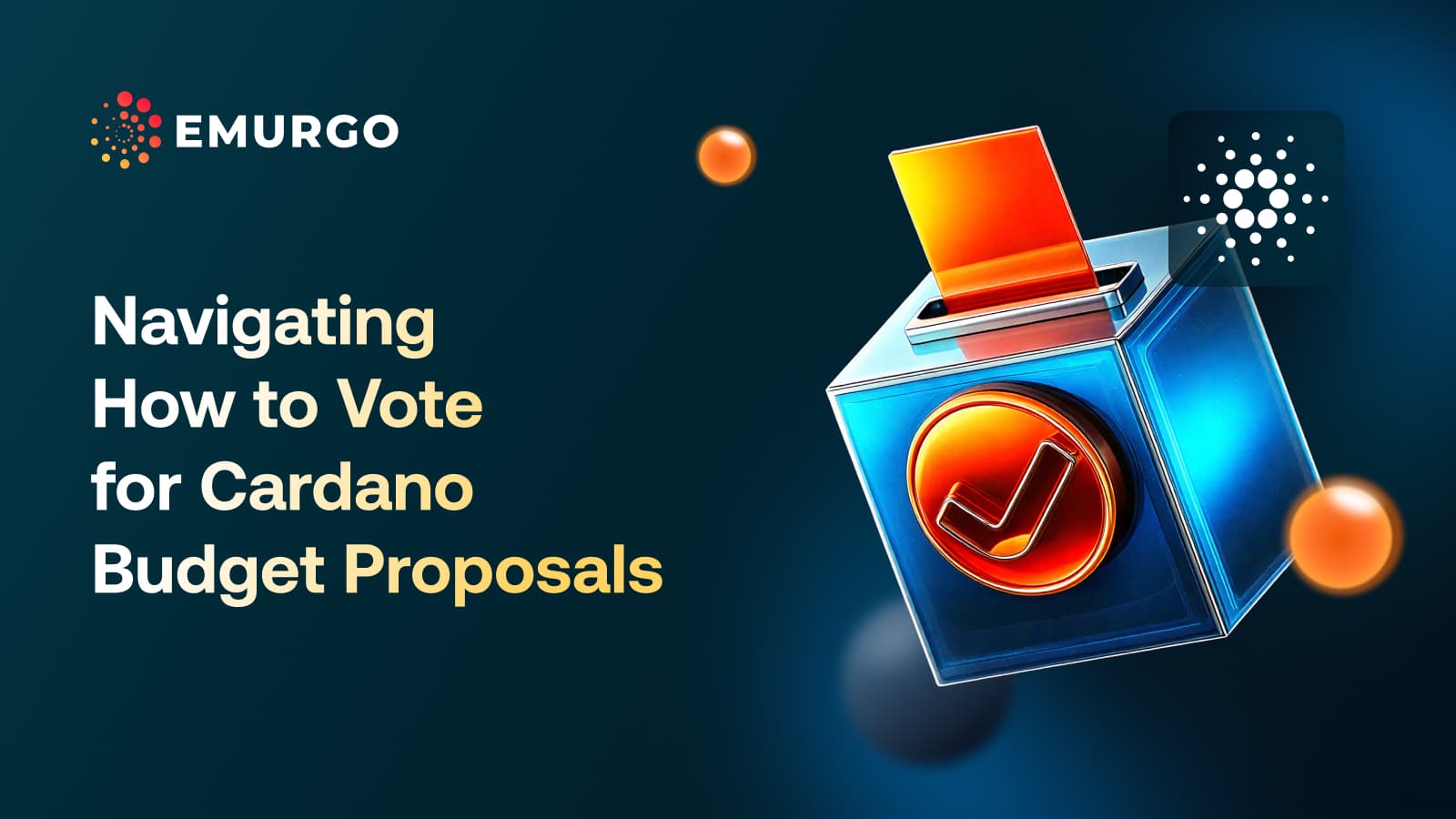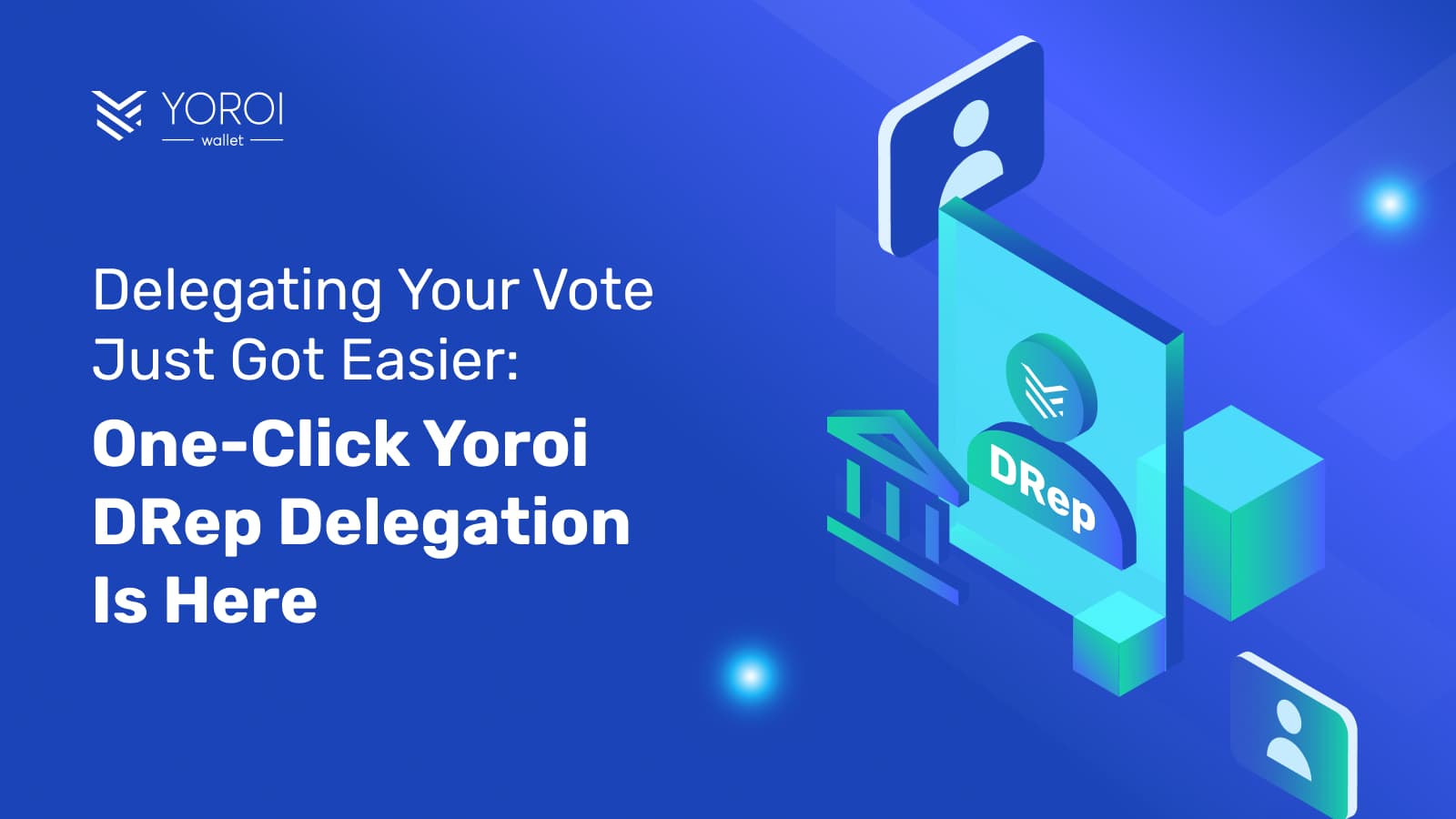Most people associate financial services as the biggest use case for blockchain technology.
However, gaming is also becoming an increasingly popular use case.
The characteristics of gaming align with the properties of NFTs (non-fungible tokens) in many ways, creating several interesting use cases.
Thus, games are driving a new wave of blockchain projects and adoption, as more are starting to use NFTs to represent in-game or game-related assets. This convergence between gaming and blockchain is creating new markets and trends.
This blog will discuss these details further and why gaming companies and projects are looking at NFTs to deliver unique value to their users.
An NFT is a digital token minted (issued) on top of an existing blockchain network such as Cardano.
These tokens are created by a company, project, or developer to digitally represent something unique. Reasons for doing so may vary depending on the issuer.
For instance, a digital representation of a unique item as a token could enable more people to easily purchase and/or sell the item. It could also enhance the transparency and authenticity of the item by providing accessible information about the item and its history included in the token metadata.
To accomplish this, each NFT has a unique ID that separates it from others. The ID accompanies the NFTs through all of its transactions making sure it’s always identifiable.
All this results in one-of-a-kind digital tokens that can be used to uniquely represent almost anything.

- Cards games
The first and most natural fit for NFTs is popular card games with a large, established community such as Yu-Gi-Oh, Magic: The Gathering, HeartStone, etc.
For these types of games, there is a deck of cards which each contain specific values that can be used during a match between two players. The cards have different levels of rarity and thus power, making some extremely valuable.
For example, the most expensive Magic: The Gathering card was sold for $3 million.
This sort of game provides a logical fit with NFTs, as a decentralized blockchain network could provide a transparent, immutable, and real-time record of all card assets.
Having traditional card games move into the digital realm of NFTs could enable a wider customer base as it allows players to collect, play, and trade their cards with anyone on a global scale.
Players and collectors would benefit from being able to trust the veracity of the issued NFTs and having quick settlement options for trading.
- Sports collectibles
Sports collectibles are another highly popular segment within the gaming population.
Cards of individual athletes and other historical sports memorabilia tend to command large price tags that fans and investors are willing to pay for.
For example, the NBA, McLaren, and FIFA have successfully launched NFT collections that attracted millions of fans to blockchain and crypto. They have used a new business model to create unique digital tokens of moments and athletes within their respective sports and market them to their passionate fan bases.
For the fans, it enables them to own something related to their sport and have a sense of empowerment of being closely connected.
This remains a relatively untapped market that can be expanded greatly in the future as sporting leagues and athletes become more aware of the potential business opportunities of leveraging NFTs to connect with their digitally-savvy young fans. This can include loyalty points, special badges, proof-of-attendance, and other digital marketing campaigns aimed at increasing fan engagement and retention.
- Strategy games
The strategy genre is another prime target for NFT integration. There are many ways to do so in the form of tradable units, resources, or special characters that go in-game. There is a strong effort to bring new technologies to this genre as it has lagged behind its competitors.
An example of this is League of Kingdoms, which has implemented many of the hallmarks of the genre as NFTs for its player base.
- RPG games
RPG or role-playing games have been around for quite a long time and have proven market demand for gaming-based items. Games like WoW even have extensive black markets for their in-game items due to their popularity with gamers.
The same vibrant markets can be recreated in the Web3 space with more accessibility on a global scale with authenticity and transparency features built-in. It offers an attractive opportunity for game developers looking to finally integrate open marketplaces and role-playing games.
Cornucopias is one such example using the Cardano blockchain, an MMORPG (Massively Multiplayer Online Role-Playing Game) that aims to bring powerful gameplay and open markets to the industry.
- Battle games
This is a genre of gaming where players battle with each other and in most cases, need to craft items and weapons. These assets are used to better the chances of prevailing in the game and advancing in the rankings.
Battle games are very competitive and have been gaining ground, especially in the mobile industry. They are also another prime example of potential NFT integration, where the crafting materials used and completed items can be represented as NFTs.
Crypto Blades is an example of this type of game and has attracted a large player base that is also multi-chain.
- Play-to-earn
The fact that all this game activity happens on a blockchain involving digital tokens that can be transacted means there is a potential monetary value. For this reason, there has been a relatively new mode of game design resulting from the merger between blockchain and gaming called “play-to-earn.”
In this model, game designers assume players will be able to make an amount of money from playing the game by earning digital tokens in return. They can use this as an incentive to focus on certain aspects of the game or encourage player interaction via active trading. By earning more tokens, these can then be transacted on secondary marketplaces and exchanges.
It’s a sector that has grown in popularity and has increasingly grabbed the attention of the mobile games industry.
The common thread in the examples above is the need to mint or issue NFTs.
For businesses and developers looking to use the Cardano blockchain, NMKR provides a user-friendly platform that makes it simple with their no-code required tools.
NMKR’s NFT and tokenization platforms have already been used to successfully mint NFTs of physical diamonds, e-books, and games.
Related reading:
- How NFTs of diamonds have helped to increase sales
- Explaining the unique benefits of tokenizing assets
Their integrated tools to mint NFTs and brand custom pages have attracted many in the Cardano ecosystem.
Some examples of gaming projects that have used some of NMKR’s tools to mint NFT:
- Wolves of Rome: An NFT card game that works on the Cardano network.
- ROBOROBO: A collection of unique and randomly generated 3D robot NFTs. Each comes with a random set of traits and weapons that set the overall strength factor for the ROBOROBO NFT.
- Crypto Raggies: An NFT project built on the Cardano blockchain. It is 100% original and the handcrafted art is an homage to the Ragdoll cat breed.
- AdaQuest: A roleplay game project utilizing collectible NFT cards on the Cardano blockchain.
- Adania: A fast-paced card game where two players face off and use 12-card decks of units, spells, and items to battle with one another.
- Machiavellic: An immersive MMO (massively multiplayer online game) where players must fight for resources as they pit against each other in a seasonal contest.
- Cardania: A trading card battle game that uses NFTs to represent the cards used.
- RFLXT: A free sci-fi arena shooting game with specialized time mechanics.
Here are the steps to use NMKR’s platform to mint an NFT:
- Create a name for the NFT collection and link to the project.
- Select an image to represent the collection.
- Specify “mint only” as these NFTs will be distributed via the game.
- Upload the images for each NFT.
- Pair every token in the collection with an image uploaded.
- Customize the information of the NFT (name of each token, rarity, description, etc.).
Follow EMURGO on X and LinkedIn to receive weekly updates and blockchain-related content including Cardano, blockchain education courses, DeFi, DAOs, and more.
About EMURGO
- Official Homepage: emurgo.io
- X (Global): @EMURGO_io
- YouTube: EMURGO channel
- Facebook: @EMURGO.io
- Instagram: @EMURGO_io
- LinkedIn: @EMURGO_io
Disclaimer
You should not construe any such information or other material as legal, tax, investment, financial, or other advice. Nothing contained herein shall constitute a solicitation, recommendation, endorsement, or offer by EMURGO to invest.



